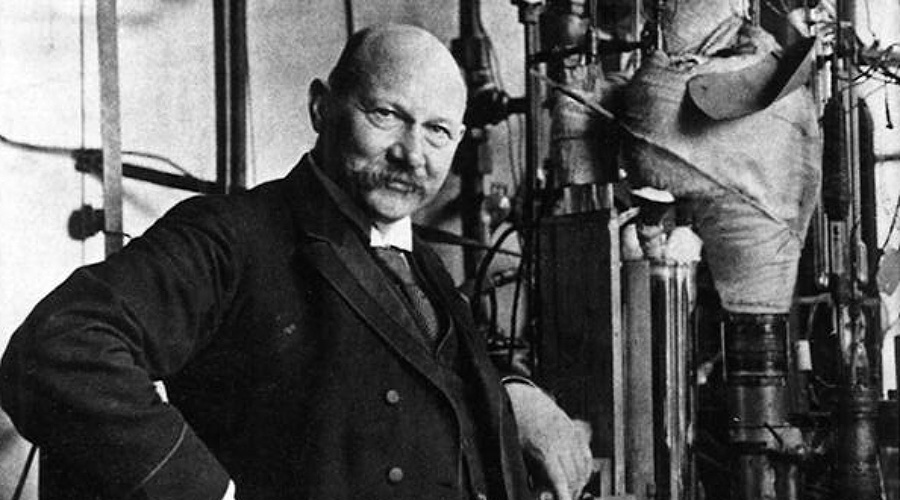Responding to “April 1986: Bednorz and Müller Trigger Avalanche of High-Temperature Superconductivity Research,” by Daniel Garisto, published in the April 2023 issue of APS News.

Credit: Public domain
Heike Kamerlingh Onnes — who in 1911 discovered superconductivity — at his liquefactor in 1913.
Thank you for the recent posting on the discovery by Bednorz and Muller of high-Tc superconductivity. I find it fascinating personally, but also because our company manufactures thin film deposition equipment for making YBCO tape for superconducting wire. I was surprised to see the author conclude, “YBCO and other marvelous compounds proved unsuitable for commercial and industrial applications, and today remain mostly of interest to scientists.” There are several companies manufacturing this wire, and applications from power transmission to high-strength magnets to rotating machines are being realized.
The growth of the industry is indeed slower than the discoverers might have hoped, as we are now 37 years down the road. But [H. Kamerlingh] Onnes also found his initial hopes dashed for the application of superconductors to high-strength magnets. He stated in 1913* that “there remains of course the possibility that a resistance is developed in the superconductor by the magnetic field” and “an unforeseen difficulty is now found in our way, but this is well counterbalanced by the discovery of the curious property which is the cause of it.” It was not until the discovery and commercialization — fifty years later — of type II superconductors (Nb3Sn wires in 1961) that the applications expanded. Now 5,000 tons of (low-Tc) superconductor is manufactured annually.
*H.K. Onnes, Commun. Phys. Lab, Univ. Leiden 133-144 (Suppl. 34b), 37 (1913)
— Larry Scipioni (Massachusetts)
©1995 - 2024, AMERICAN PHYSICAL SOCIETY
APS encourages the redistribution of the materials included in this newspaper provided that attribution to the source is noted and the materials are not truncated or changed.
Editor: Taryn MacKinney
June 2023 (Volume 32, Number 6)
Articles in this Issue

